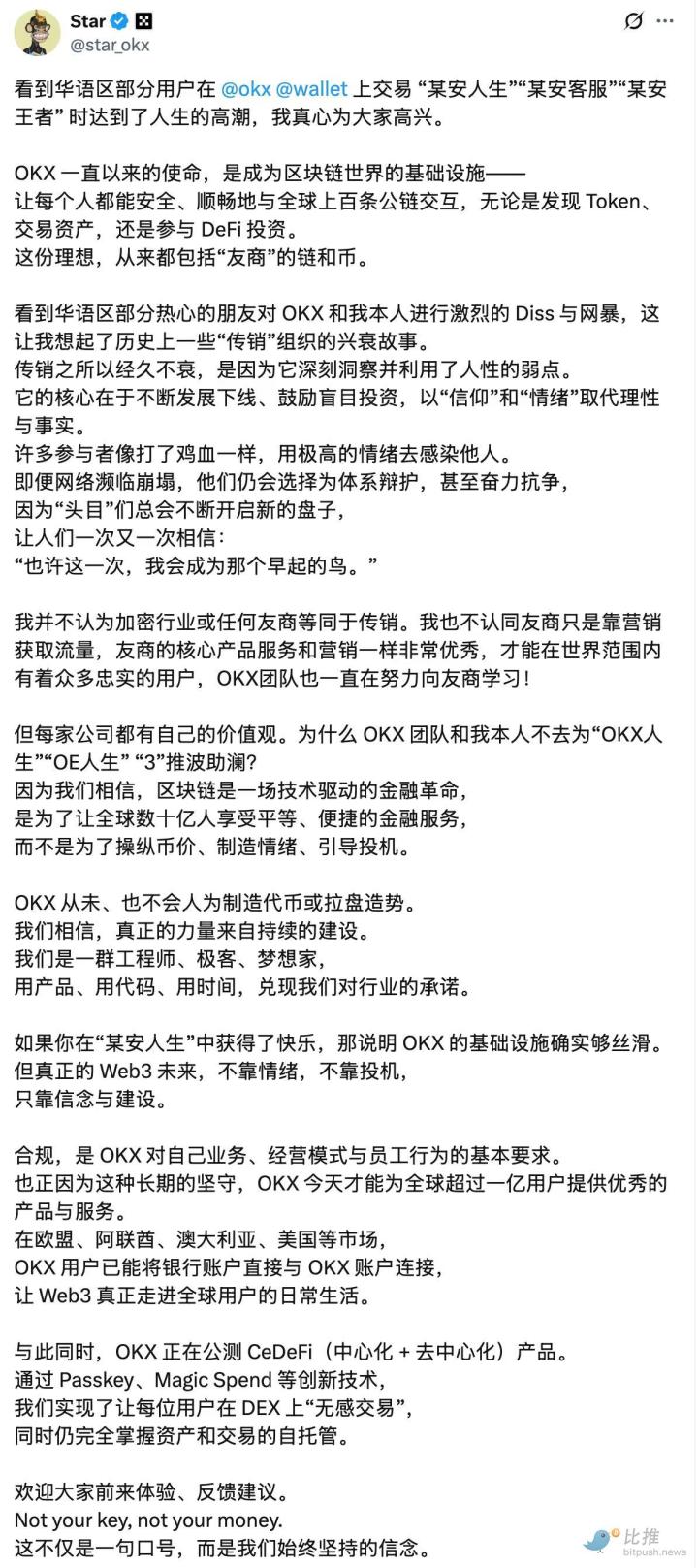Crypto has always promised freedom, but using it for daily expenses has been messy, to say the least. More often than not, it’s neither adequate nor convenient, with volatile prices, high fees, and limited acceptance keeping most people from treating it like cash. But that’s beginning to change now. Stablecoins pegged to assets like the U.S. dollar bring predictability, while new fintech innovations make paying, saving, and even earning with crypto feel straightforward.
Products like COCA 2.0 today show what this shift looks like in practice. But first, let’s look at why crypto spending has struggled until now.
KEY TAKEAWAYS➤ Stablecoins make crypto practical for daily use by eliminating volatility and keeping your spending value stable.➤ Crypto Visa cards convert stablecoins into local currency instantly, thus letting you pay anywhere traditional cards work.➤ Platforms like COCA simplify everyday crypto use by combining stability, global payments, and secure self-custody in one app.
In this guide:- The everyday crypto conundrum: Why daily crypto use is hard
- Stablecoins: The key to everyday crypto spending
- Next-gen crypto banking apps: Bridging crypto and everyday finance
- Spending crypto anywhere with a crypto Visa card
- Subscriptions and bills: using crypto for recurring payments
- Travel and big purchases: crypto for flights, hotels, and more
- A user-friendly experience: crypto as easy as mobile banking
- Volatility and safety: staying secure with everyday crypto use
- Towards hassle-free crypto in everyday life
- Frequently asked questions
The everyday crypto conundrum: Why daily crypto use is hard
Interest in digital assets is growing with each passing day, yet that momentum has not expanded crypto’s everyday use cases. Right now, some of the biggest pain points in adoption include:
- Price volatility: Traditional cryptocurrencies like Bitcoin fluctuate wildly in value, making it risky to use them for routine purchases – no one wants to spend crypto today and see its value double tomorrow (or vice versa). This volatility discourages the use of crypto as stable spending money.
- Limited acceptance: Few merchants directly accept crypto. While the number is slowly growing, most stores, websites, and service providers still operate in fiat currency. This forces crypto users to convert funds to cash or use special intermediaries. In most cases, the overall process ultimately adds fees and steps.
- Fees and complexity: Converting crypto to fiat often incurs exchange fees, and on-chain transactions (especially on networks like Ethereum) can carry high gas fees. Setting up a wallet, protecting private keys, and dealing with exchanges can be intimidating for many non-technical users.
- Custodial Risks: Relying on exchanges or custodial wallets for convenience means giving up control of your funds. History has shown that exchanges can freeze assets or even collapse, putting everyday funds at risk.
Because of these hurdles, relatively few crypto holders actually use it for daily spending.
An April 2025 survey by the National Cryptocurrency Association (NCA) found that while 39% of crypto owners have used cryptocurrency to purchase goods or services, only about 9% do so on a daily basis. This shows that crypto, for many, remains a speculative investment rather than a practical currency.
Stablecoins: The key to everyday crypto spending
Stablecoins are your best option if you want to avoid the unpredictability of traditional crypto prices.
For those out of the loop, a stablecoin is a digital asset tied to another reliable asset, usually a fiat currency like the U.S. dollar or euro. That’s why 1 USDC, for example, is designed to stay equal or close to $1.
The inherent stability of a reliable stablecoin makes sure you don’t lose sleep over sudden drops or miss out if the price doubles right after you spend. Instead, you can budget and pay for things like groceries or rent without worrying about value swings.
While stablecoins already dominate trading and remittances, most of them still sit idle on exchanges or in wallets. So, the most obvious next step would be to turn those idle assets into money you can actually use every day.
That’s where services like COCA come in. The platform puts stablecoins at the center, so you can hold USDC, USDT, EURC, and more across major blockchains. You can then use those assets directly for everyday transactions. More on that in the next segment.
Next-gen crypto banking apps: Bridging crypto and everyday finance
A new class of crypto-financial apps has emerged to make digital assets practical for daily use. These apps resemble digital banks but run on crypto rails, often described as “stablecoin banking” or crypto neobanks.
They bundle wallets, payment cards, savings tools, and rewards into a single package. Many also adopt a non-custodial model, so you keep control of your assets instead of trusting a third-party bank or exchange. This approach combines security and convenience while making crypto feel more like money you can actually use.
COCA is one of the clearest examples. It is a self-custodial stablecoin banking app that gives users control of their private keys while securing wallets with advanced cryptography.
The platform uses MPC (multi-party computation) and biometric authentication for recovery, so seed phrases are no longer required. If you lose your phone, you can restore access with a fingerprint or face scan. The process feels as simple as resetting a password, yet no bank or custodian ever holds your keys.
These apps also connect directly to traditional payment networks. COCA issues a Visa card linked to your stablecoin wallet, which allows you to spend crypto at over 80 million merchants worldwide.
At the same time, it offers familiar financial services: instant swaps across supported stablecoins, interest on balances, and multi-language support in a clean, intuitive interface.
The goal is “bank-like simplicity with crypto-native flexibility” — making the experience as effortless as a regular banking app, while preserving the benefits of decentralization and global access. This way, instead of juggling multiple exchanges, wallets, and DeFi tools, you can store, spend, and save in one place.
Spending crypto anywhere with a crypto Visa card
One of the biggest steps in making crypto useful for everyday life is the arrival of crypto-funded payment cards. These work like prepaid debit cards, and in some cases credit cards, that pull from your crypto balance and convert it into local currency at the moment of purchase.
For you, the consumer, the process feels no different from using a bank card. You can tap at the grocery store, pay for gas, or cover lunch, and behind the scenes, your crypto balance settles the bill in the merchant’s currency.
Because they run on global networks like Visa or Mastercard, these cards work almost everywhere. Visa alone is accepted at more than 80 million merchants worldwide. That means any shop, café, or website effectively becomes crypto-ready, even if the merchant has never handled digital assets.
You no longer need to search for businesses that accept Bitcoin or set up peer-to-peer transfers — your card does the work automatically.
The perks go further. The COCA Visa card, for example, pays cashback in stablecoins on every purchase — up to 8% back, far higher than most traditional credit cards.
Cashback arrives in USDC, so you can spend it again or save it without worrying about volatility. COCA also allows free ATM withdrawals up to a monthly limit and often avoids foreign transaction fees by converting crypto at interbank rates.
With a crypto card, your stablecoin wallet becomes as practical as a checking account. It gives you a straightforward swipe-and-go experience anywhere in the world.
Subscriptions and bills: using crypto for recurring payments
A growing use case for crypto is paying recurring expenses such as Netflix, Spotify, utility bills, or a monthly phone plan. Normally, these require a credit card or bank account, but with crypto-funded cards, you can now cover them just as easily.
Set your crypto Visa card, which draws from your stablecoin balance, as the payment method, and your provider charges it every month.
From your side, you are effectively paying with crypto. No manual conversions, no constant top-ups — as long as your balance is sufficient, it works like auto-pay. What makes this more attractive are the perks tied to these payments.
COCA 2.0, for instance, offers 50% cashback on subscriptions like Netflix, Amazon Prime, Spotify, and even ChatGPT.
Pay a $15 Netflix bill with the COCA card and you get about $7.50 back in USDC — far more generous than traditional bank rewards.
Over the course of a year, the savings on entertainment alone can be significant. And beyond streaming, you can also cover other recurring obligations, from phone carriers to internet services.
Travel and big purchases: crypto for flights, hotels, and more
Travel is one of the clearest areas where crypto makes life easier and cheaper, and COCA 2.0 pushes this further with features built for globetrotters. Instead of exchanging currency or calling your bank before every trip, you can pay worldwide with the COCA Visa card.
Your stablecoins convert into local currency at the point of sale, often without foreign transaction fees or inflated exchange rates. It feels like carrying a global currency — one wallet that works in any country.
For example, an American in Europe could spend EURC directly or let COCA convert USD stablecoins into euros automatically. COCA also supports ATM withdrawals, giving you local cash from your crypto balance with minimal or even no fees up to a monthly limit.
Where COCA stands out is in its travel-specific perks. The app includes COCA Travel, which offers up to 50% off hotel bookings through its network of partners. A $200 stay could cost you just $100 paid in stablecoins.
Thousands of hotels worldwide are covered, making crypto not only convenient but also a direct source of savings. Beyond hotels, you can use COCA to pay for flights, rental cars, tours, or meals abroad, either directly with merchants or through its Visa integration.
A user-friendly experience: crypto as easy as mobile banking
Early crypto apps felt built for tech insiders, not everyday people. That’s no longer the case. Today’s platforms focus on user experience, offering mobile interfaces that look and feel like mainstream banking apps. Clear menus, polished design, and smart prompts make sending or spending crypto simple, even for beginners.
COCA 2.0 reflects this shift. The app has been completely redesigned with a neobank-style interface, so anyone can navigate it comfortably. Features include instant crypto-to-fiat conversion, QR code payments, and multi-language support (English, Spanish, French, German, Italian, Portuguese, and more).
This broad accessibility is crucial for adoption. The technical complexity stays under the hood.
If you need to swap one stablecoin for another on a different network, COCA handles it automatically with smart routing to secure the best rates. As a result, crypto payments tend to feel as simple as tapping and paying with PayPal or Venmo.
Volatility and safety: staying secure with everyday crypto use
Two big concerns hold people back from using crypto daily: value stability and fund security. Stablecoins handle the first part by removing volatility.
If you keep $100 in stablecoins today, you still have $100 tomorrow. That predictability makes budgeting straightforward and shields you from sudden market swings.
The second part is the safety of funds and wallet recovery. In the past, losing a seed phrase or device could mean losing everything. Modern crypto apps fix this while keeping control in your hands.
➤ Non-custodial design: You remain the true owner of your funds instead of relying on a bank or exchange.➤ MPC cryptography: Wallets use multi-party computation to split secrets, making them harder to compromise.➤ Biometric recovery: Access can be restored with a face or fingerprint scan instead of memorizing seed phrases.➤ Extra protections: Features like encryption, fraud monitoring, and instant card locking add bank-level security.
COCA 2.0 demonstrates this balance. It keeps you in full control of your stablecoins but adds recovery options if something goes wrong. Combined with stablecoin stability, this approach ensures you can use crypto for daily spending with confidence and peace of mind.
Towards hassle-free crypto in everyday life
So, as you can see, the roadblocks that once made living on crypto impractical are quickly disappearing. Stablecoins take care of volatility, crypto cards ensure global acceptance, and modern apps simplify security. COCA 2.0 brings all of this into one place — combining stability, Visa access, and self-custody in a single platform. The broader shift is clear: crypto is evolving from a niche investment into a practical financial tool you can rely on every day.
Frequently asked questions
Can I really use stablecoins for everyday purchases?
Yes. Stablecoins like USDC or USDT maintain a steady value, which makes them practical for routine spending. With a crypto Visa card or apps like COCA 2.0, you can pay merchants worldwide just as you would with fiat.
How does COCA 2.0 keep my funds safe?
COCA 2.0 uses a self-custodial model, so you control your private keys. It secures wallets with MPC cryptography and biometric recovery, removing the need for seed phrases. This ensures convenience without sacrificing ownership of your assets.
Are crypto payments cheaper than using a bank card abroad?
Often, yes. Crypto-funded cards usually convert at interbank rates and avoid hidden foreign transaction fees. Some platforms, including COCA, also allow free ATM withdrawals up to a monthly limit.
What makes crypto cards different from regular debit cards?
Crypto cards draw from your stablecoin or crypto balance instead of a bank account. Transactions convert instantly into local currency when you pay. Many also offer higher cashback rates or perks, such as COCA’s 8% rewards on spending.








